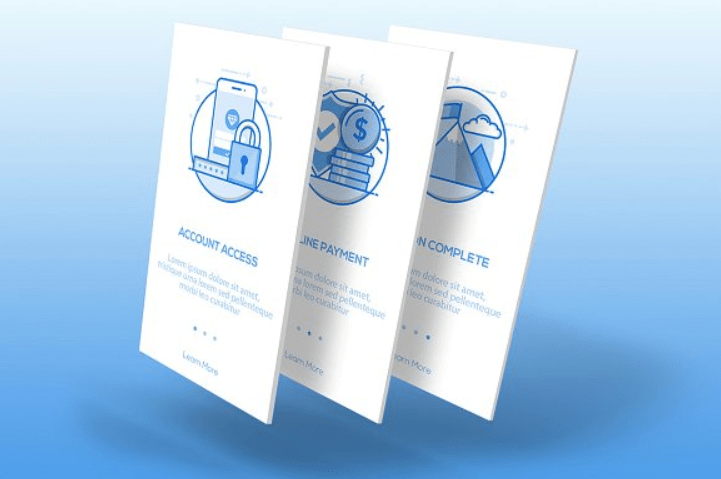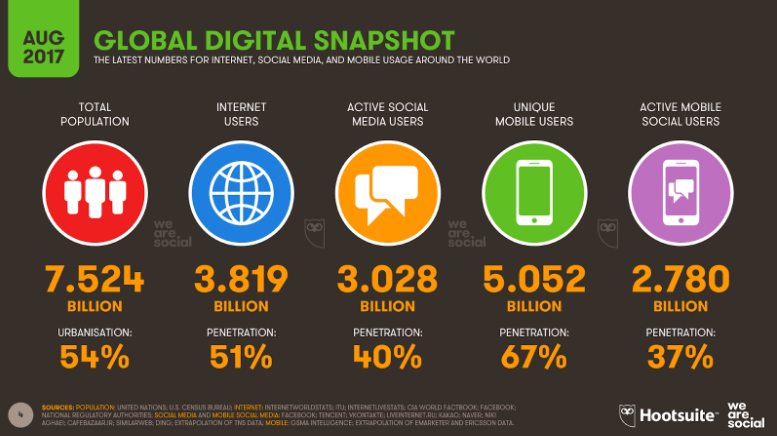App’s define 21st-century mobile usage. There are literally millions of apps on the Apple/Android app store, but how many apps become a staple in a user’s mobile experience? It turns out that 25% of apps are used only once before being disposed of. Loyalty is a dream for many app developers, and in our “hot today, forgotten tomorrow” reality, this commodity is becoming increasingly scarce.
App User Engagement
So what is a user app engagement and why is it so important? Simply stated, it’s the ways in which a user interacts with your app. The more an individual uses an app, the more comfort they receive from it, the more loyal they become.
A great place to start is having an app that is informational, helps you achieve a task, or increases productivity. And this may sound like enough, but alas, with so much competition clawing at your throat, developers must go above and beyond to stay relevant with indigent users always on the lookout out for the next best thing; bless their souls for pushing us, the guys behind the scenes, to continue breaking boundaries.
So now you know why it’s important to engage your app users. It’s time for you to know-how. Here are ways you can go about doing so:
The App Store Intro
On the other end of the store, people are looking at your apps download page asking themselves why they should give your product the time of day. The descriptions and screenshots displayed on your app’s page should focus on benefits instead of features. Features explain how your app goes about providing its benefits and there are a time and place to showcase them (onboarding). Benefits define the fun, productive, or economical ways the user will prosper by downloading your product.
Another thing that is heavily regarded in this initial intro, is the app store rating. Be sure to implement a good strategy for collecting user feedback, encouraging the most satisfied users to rate your app. Potential users listen to those who have taken the plunge first. If the water (your app) isn’t good, potential users will just stay onshore (app store) and move to a different spot (competitor’s app).
Onboarding
This is where your app’s serviceable features will get a formal introduction. The onboarding process nurtures users and guides them through what your app has to offer.
The onboarding process generally consists of three things:
- Highlight the apps key functions and how to use them with success.
- Allow the user to provide login details; e.g. creating a username and password.
- Collect information that enables the app to deliver personalized notifications; e.g. interests and occupation.

[Image source: CreativeMarket]
Onboarding provides new users with a sense of belonging; they are now part of the community. It also aims to eliminate confusion regarding functionality as this can easily deter newbies.
The Push Notification
Once the initial app engagement is successful, push notifications are used to keep the ball rolling. They are delivered to the users’ home screen when the app hasn’t been opened. Most of them act like that, “Hey, I miss you. How’ve you been?” message from an old friend or lover.
The more specific and personalized they are, the better they’re received. A lot of top apps will track in-app activities and create segments to target you accordingly.
Apps that remain silent for a while can easily be forgotten as other apps are constantly competing for your time. But don’t get carried away; some companies go too far with these notifications and customers get peeved by the spamming. A happy medium must be found.
Social Sharing
With 37% of the world’s population being active social media users, the humanities’ will to let the rest of the world acknowledge their presence is evident.

[Image source: Hootsuite]
It is necessary to harness the power of this truth to let the word of your amazing app spread far and wide. And besides allowing users to engage with their audience and growing your network, it can help you discover what your market is looking for.
Deep Linking
Deep linking helps you achieve two things; it pushes app user engagement and puts you in control over marketing processes. Notifications hold more power when they direct you to a specific part of an app. As many apps have broad functionality, a notification that only leads users to the home screen seems rather insignificant. However, a notification that notifies a user’s success and takes them to a screen that validates this with a message, and perhaps a virtual confetti cannon going off, can prove engaging.
The In-App Purchase
If you can build an app where users can gladly justify spending their hard-earned money in, congratulations, you’re clearly doing something right. And the more they happily spend, the more important the app will hold to them. Shying away from something that is free is naturally a lot easier than giving up something you put in work to acquire.
Communicate!
Communication is the easiest way to maintain app engagement. It’s a shame because a lack of communication is a common cause of dissatisfied customers taking to reviews on an app’s page to relieve their woes. To avoid this, provide an FAQ page in your app and options on how to get in touch with customer service.
Test and Measure App Engagement
Fortunately, apps, being digital, provide a plethora of opportunities to yield data. But this data is only useful if the proper customer event and third-party trackers are employed. The most popular way to analyze data is through analytic tools such as Google Analytics, GameAnalytics, and mix panel, just to name a few. The engagement metrics can include the total number of downloads, visits, as well as push notification stats.
Another way that you can measure app engagement success includes A/B testing. Thinking you know how your users will respond to a certain message is too ambitious. A/B split testing allows you to take two messages and have them battle it out, the one that resonates more, decided by a customer’s action, or inaction is evidently moved forward with.
Conclusion
A successful formula for creating, then nurturing mobile app engagement is a tough one to produce. There is no perfect strategy and the attention an audience wants varies between industries. But implementing these tried-trued methods will give you a nice base to tune from.




